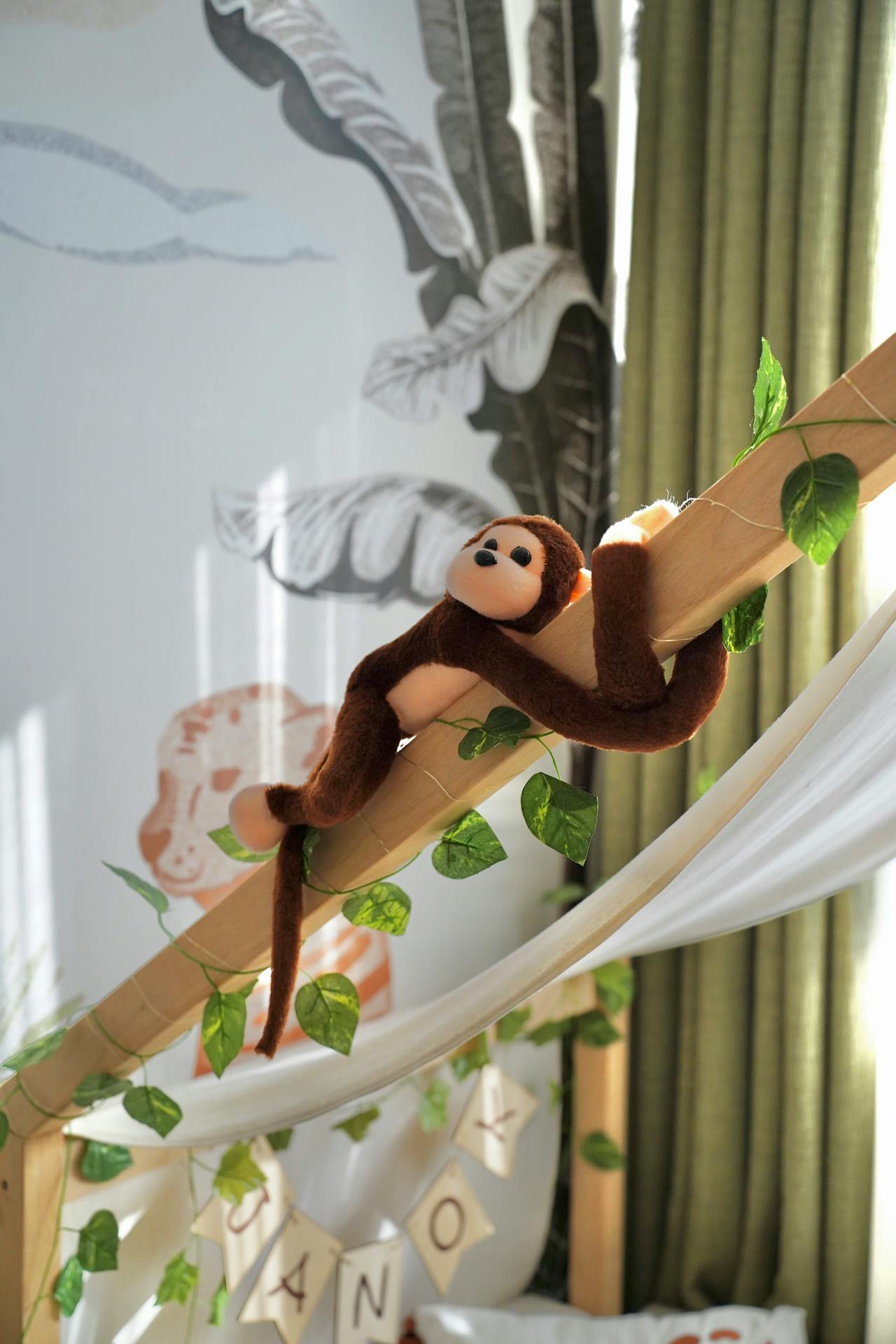
Are you looking to design a children’s bedroom? Creating your kids’ bedrooms can be a rewarding way to provide them with a functional space that reflects their unique personalities. Safety should be your top priority, along with establishing distinct zones and an inviting aesthetic.
Whether you’re preparing a nursery, updating a toddler’s space, or transforming a shared room for school-aged siblings, check out our guide below.
Plan with Safety & Standards in Mind
The current UK safety guidelines recommend low-profile toddler beds with guardrails of at least 16cm above the mattress surface to help prevent nighttime falls. For babies, avoid using cot bumpers in their beds, as they are a choking and suffocation risk.
Opt for a bed that sits low to the ground for young children, with a mattress that fits snugly inside the frame, leaving no gaps where they could become trapped. If you are considering bunk or loft beds, wait until your children are at least six years old. Both EU and UK standards (BS EN 747) require sturdy guardrails on all elevated sleeping surfaces and a secure ladder with non-slip tread to reduce the risk of falls.
Embrace 2025 Design Trends
Earthy colours, such as dusty blues and terracotta, are ideal for creating a calming atmosphere that’s suitable for both older and younger kids. Pair them with woven rugs and cotton throws for added texture and warmth.
Muted pastel shades of butter yellows and powder blues remain popular thanks to their timeless aesthetic. Pair them with minimalist wardrobes and drawers for a clean, uncluttered look. Playful wall art and murals made up of your children’s artwork and interests are a great way to integrate them into the bedroom design without overwhelming the space.
Maximise Space with Multi‑Functional Furniture
Many UK bedrooms have limited space, especially in new builds or when rooms are shared between siblings. Zoning is essential to separate play, sleep, and homework to help keep your kids organised and focused.
Wall-mounted bookshelves will keep books and video games from cluttering their desks and drawers, while foldaway desks can help keep things tidy and adaptable as they grow older. Choose storage solutions that will work for the long term, like height-adjustable furniture and baskets, to avoid having to redesign every couple of years.
Choose the Right Bed Type
When looking for beds for kids, consider their age and the layout of their room. Smaller spaces can benefit from high sleepers with storage drawers built into the side of the ladder and room for a desk underneath.
In shared bedrooms, bunk beds are the practical choice once your children are old enough for the top bunk. Some bunk beds even come with a pull-out mattress underneath the bottom bunk, providing a convenient option for sleepovers and family visits. Trundle beds are great for keeping toys and seasonal clothes out of sight and off the floor.






